Scams Awareness Week 2025: Meta and IDCARE work together to raise awareness about scams.
Key points:
- Cyber criminals are using increasingly sophisticated and emotional tactics to target people.
- According to the National Anti-Crime Centre report, 42,193 scams were reported to IDCARE in 2024, with reported losses totalling $516.6 million.
- Multi-factor authentication is an important barrier to preventing many modern, digital scams.
This Scams Awareness Week, IDCARE has joined forces with Meta once again to educate Australians about the evolving nature of scams, how they operate today, and the practical steps everyone can take to protect themselves.
We know scammers are constantly changing their tactics and are targeting people everywhere across different platforms and using different methods to gain people’s trust and steal their money or personal information. Here are some of the most common scams and how to protect yourself.
Account hacking scams
Scammers are constantly trying to break into accounts by cracking or stealing passwords. Once inside, they can impersonate you, lock you out, and use your account to target others.
That’s why it’s incredibly important to turn on two-factor authentication (2FA) - otherwise known as multi-factor authentication on other services. With 2FA enabled, a scammer would also need a unique verification code sent to your phone or generated by an authenticator app, giving you crucial protection against account takeovers.
Protect yourself by:
- Turning on two-factor authentication to add an extra security step.
- Never sharing your passwords and using strong, unique codes for each account.
- Setting up a recovery account in your Meta settings so you can restore control if needed.
- Checking your security settings regularly and removing any suspicious logins.

Online shopping scams
Last year, online shopping scams accounted for 18% of all scam cases reported to IDCARE, with younger Australians particularly at risk.
The formula is simple but effective: scammers promote an irresistible deal, pressure people to act fast, and then vanish the moment a payment is made - often asking for money, cryptocurrency, or sensitive personal information along the way. These scams frequently play out over social media ads or marketplace listings, and they’re becoming harder to spot.
Protect yourself by:
- Always use secure payment methods like PayPal.
- Never move the conversation off the platform.
- Refusing requests for your driver’s licence as part of the transaction.
- Block and report suspicious accounts immediately.

Investment scams
Investment scams cost Australians $259 million in 2024, with an average loss of $93,000 per person. Many of these start with a slick “get rich quick” post on social media, promising returns that seem too good to be true - because they are.
Scammers often impersonate legitimate companies, celebrities, or even friends to build trust before stealing your money.
Protect yourself by:
- Calling the company directly using a number you find independently.
- Being cautious of investment opportunities offering higher-than-average returns.
- Never investing based solely on social media advice - even if it appears to come from a celebrity or friend.
- Being wary of moving conversations off-platform, as scammers may be trying to evade Meta’s detection and protection systems.

For Scams Awareness Week, an initiative from the National Anti-Scam Centre (NASC) , we fully support the campaigns’ message and encourage people to Stop, Check and Protect. We strongly believe that our education campaign can help empower more Australians to pause and check before engaging with a scammer, but we also believe there is a very simple, and powerful way for people to protect themselves.
Multi-factor authentication (MFA) adds an extra layer of protection by requiring a second step such as a code sent to your phone in addition to your password. Even if a scammer gets your password, they can’t access your account without that second factor, which is why we strongly encourage people to activate MFA to any online account if it is available.
For people with accounts on Facebook, Instagram and WhatsApp, you can activate two factor authentication (Meta’s version of MFA) from the settings of each of these apps. But you can also activate two factor authentication from one place to make things simpler with the Meta Accounts Center. Once you reach the Meta Accounts Centre, you can follow the below instructions:
- Log in to the Meta Accounts Centre using your account information.
- Click Password and security on the left, then click two-factor authentication.
- Select your Meta account.
- Follow the on-screen instructions, then click Next.
- Enter the confirmation code you receive, then click Next.
- Click Done.
For further information about how to stay safe online you can visit IDCARE's Learning Centre or Meta’s Scam Prevention Hub.
Join the global list of organisations making a real difference in people’s lives by supporting our service.

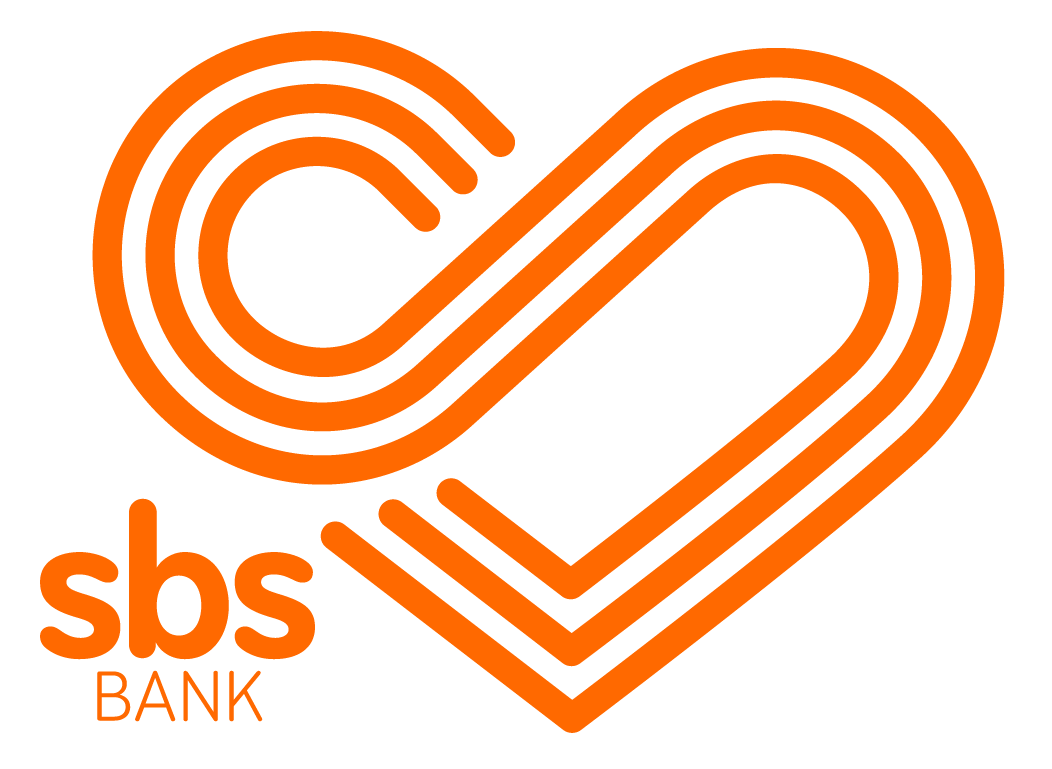


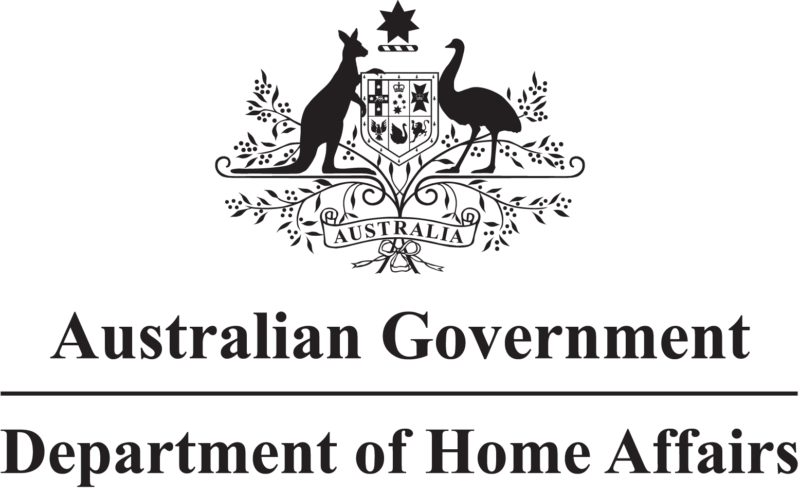
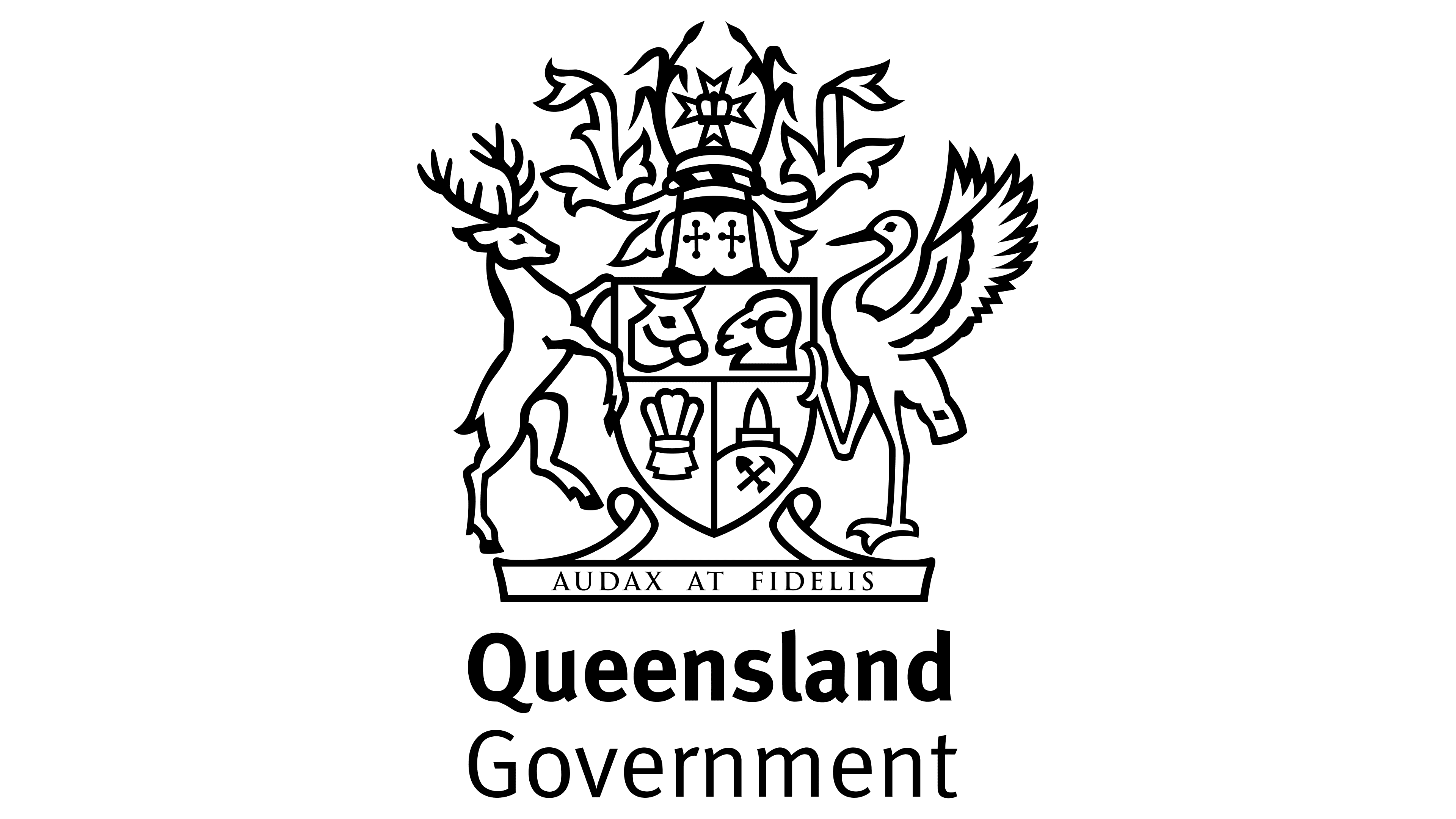






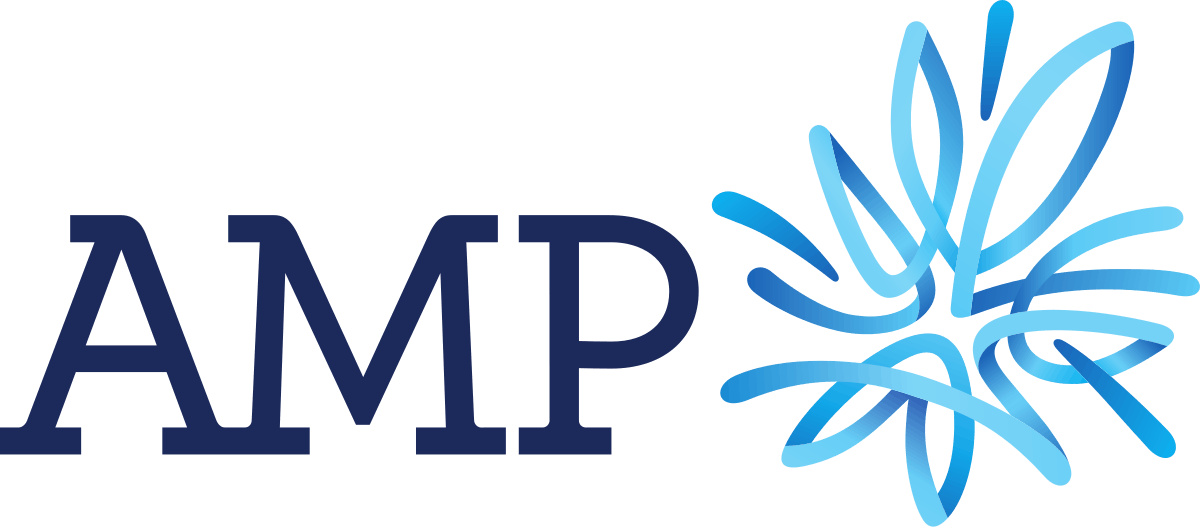


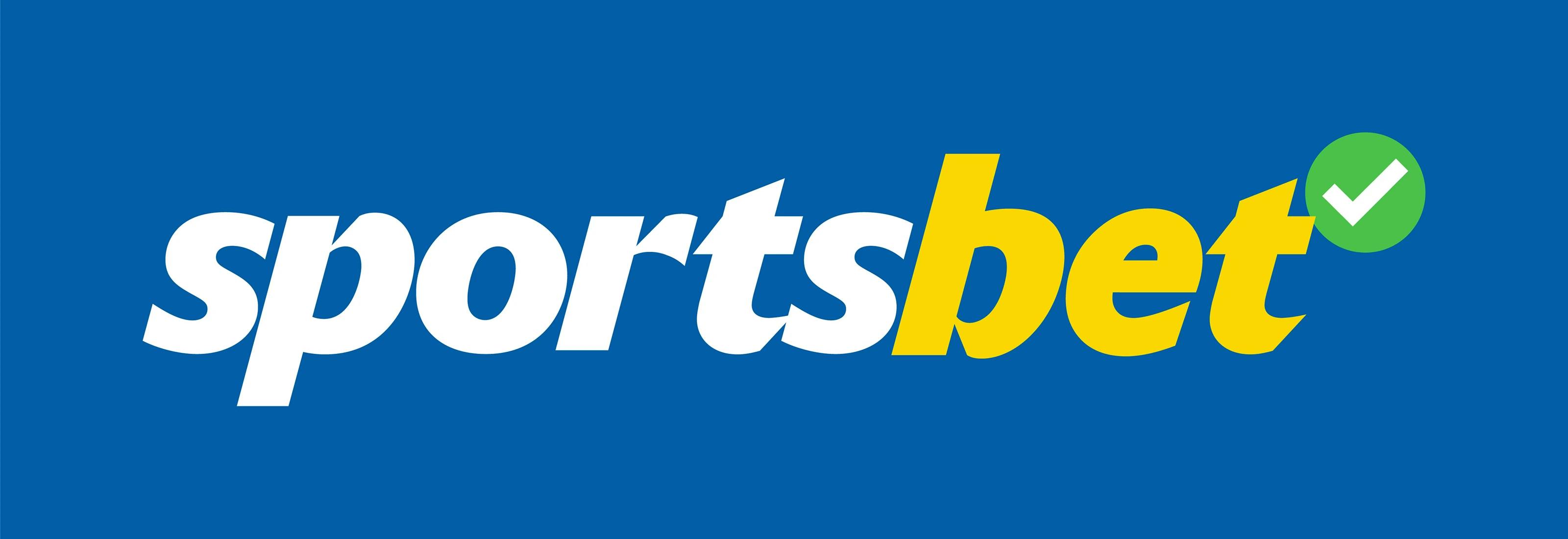





















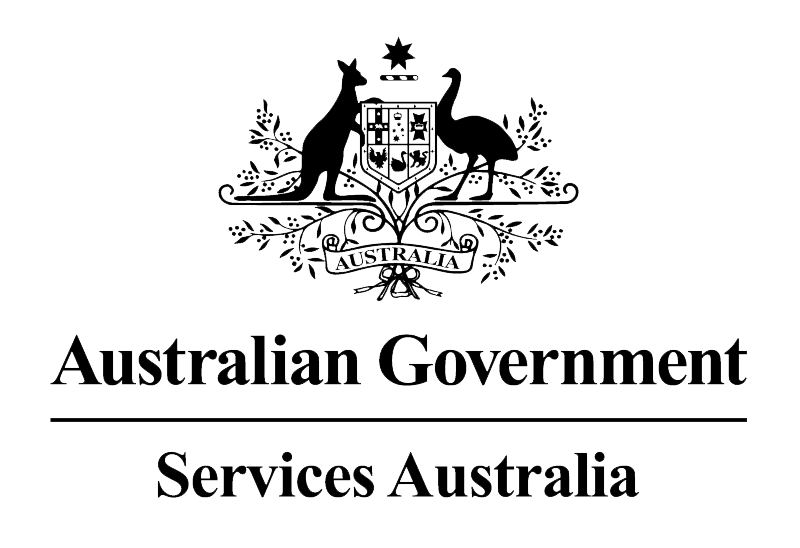




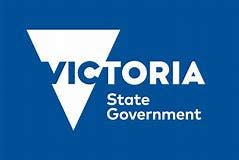
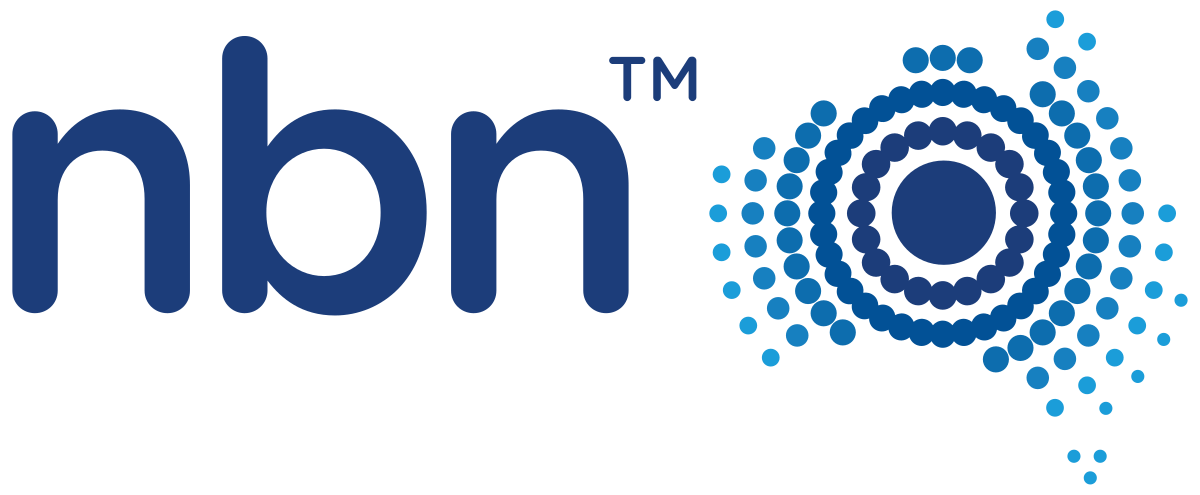
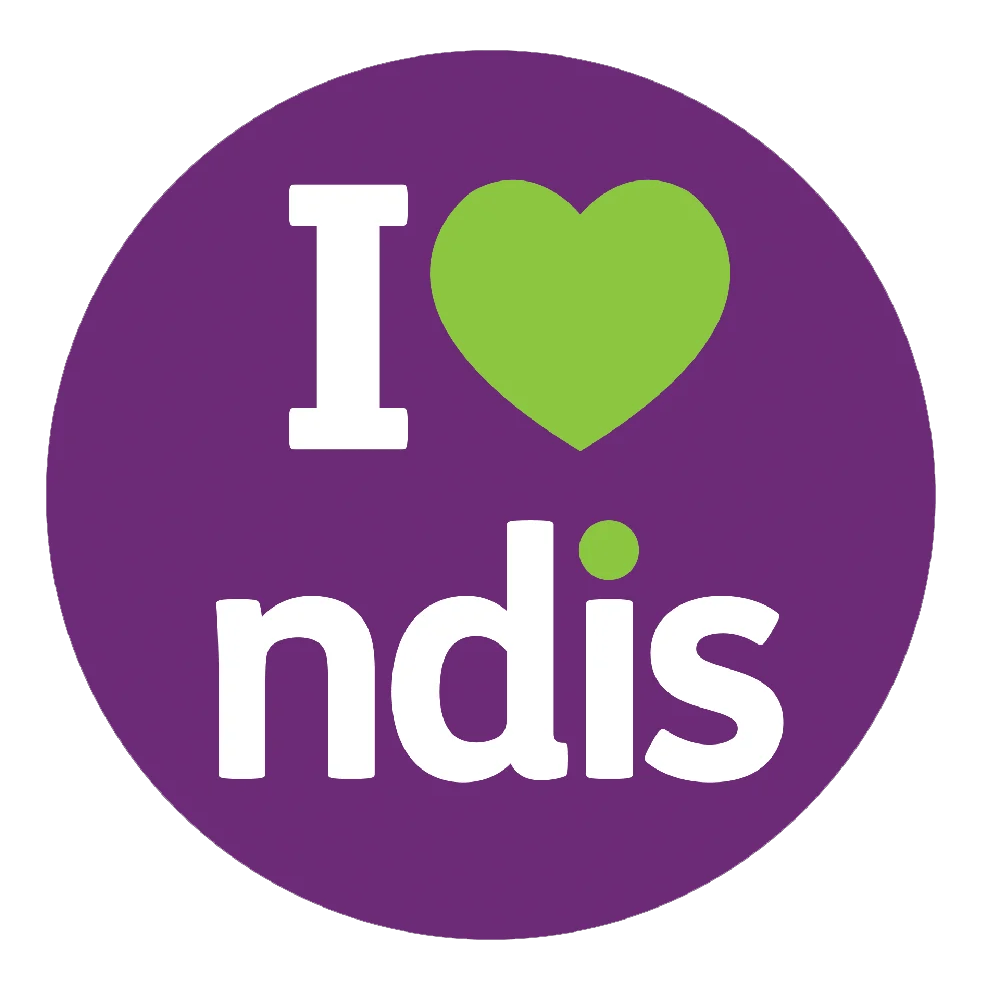

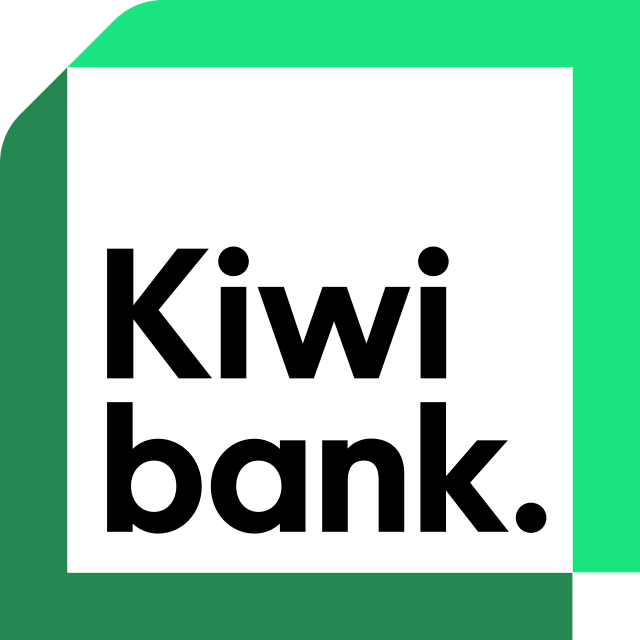
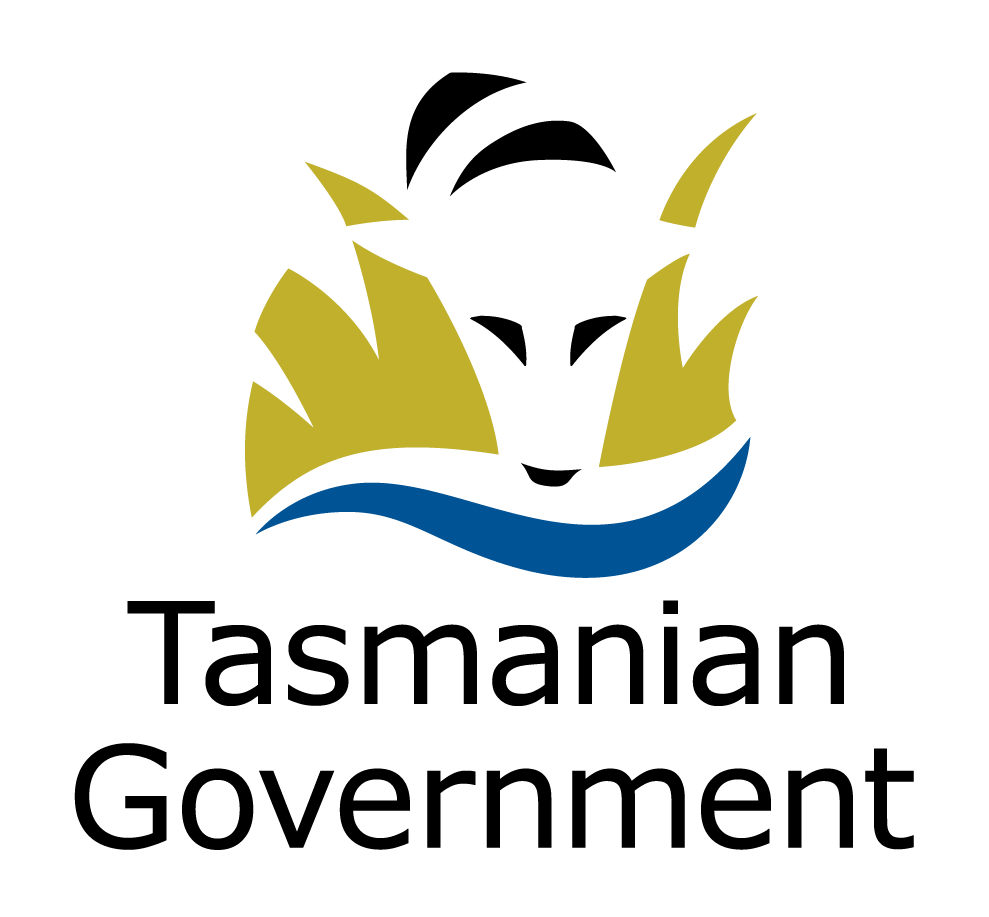
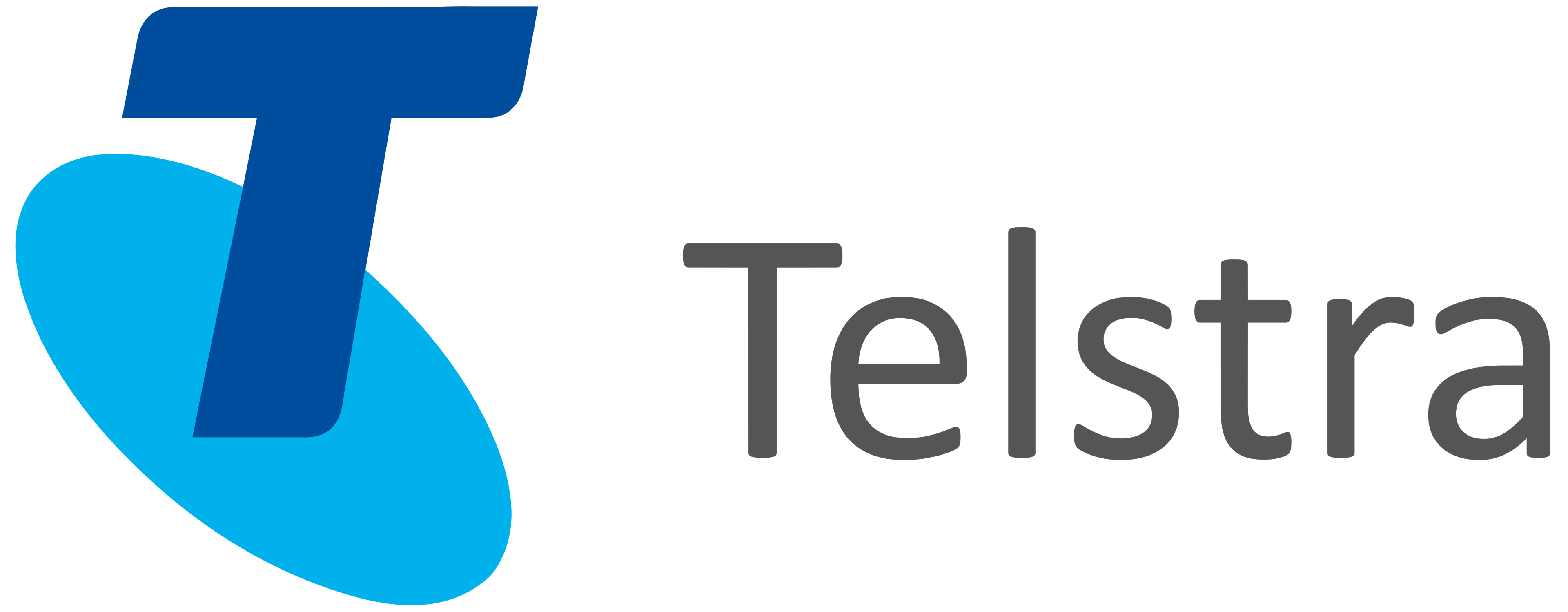


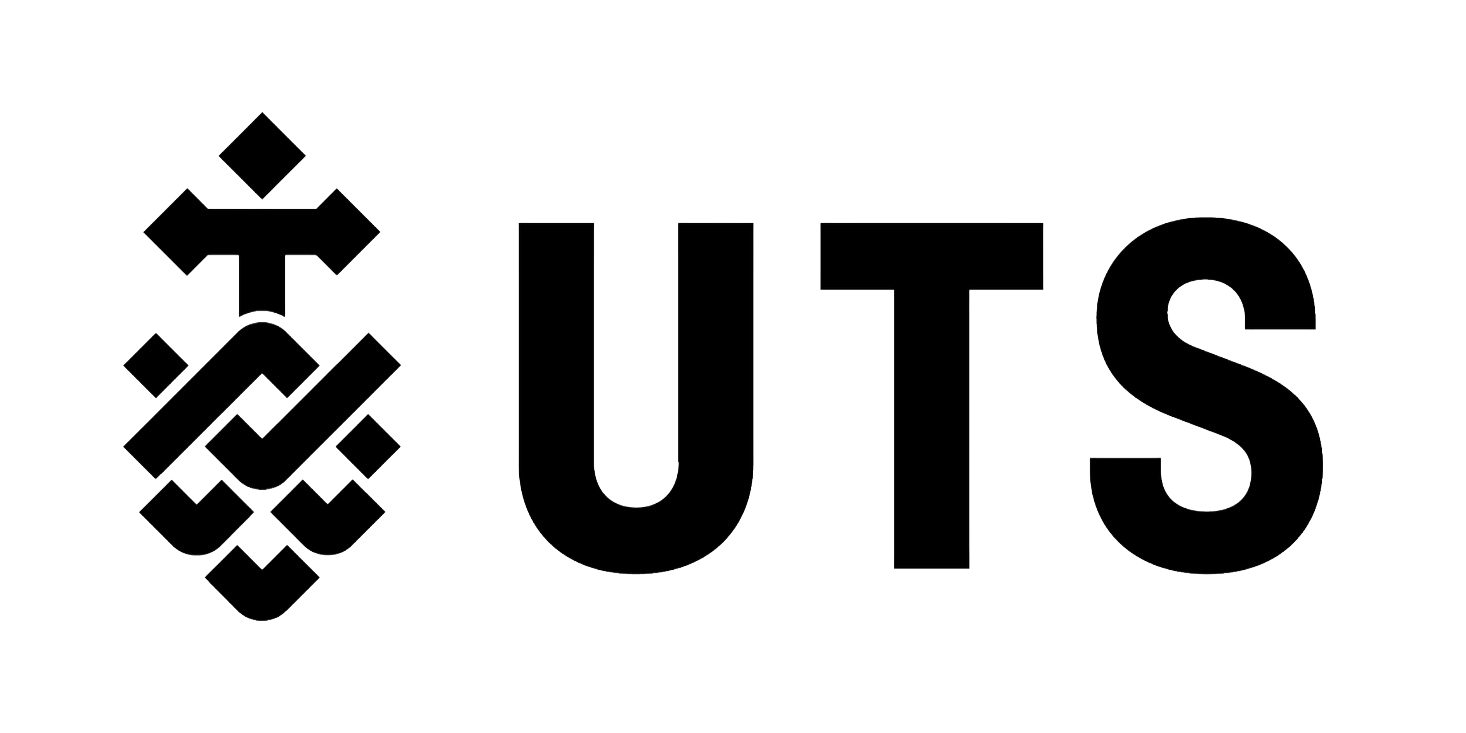





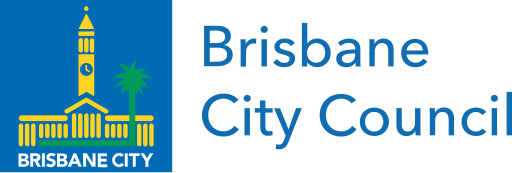
Copyright © 2025, IDCARE. All Rights Reserved.
ABN 84 164 038 966








